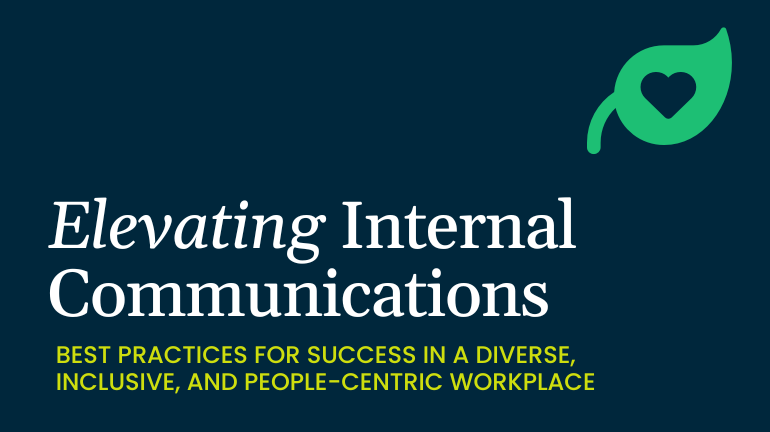Responding to Employee Survey Results

Employee surveys are empowering tools that help leadership make more informed decisions to guide their teams and achieve organizational goals. There are a few key steps leaders should take to achieve impact from the survey results.
Review the results as soon as possible after receiving them to look for patterns. Seek critical feedback from the survey on your own performance – these are areas that you can make immediate impact. As you review the results, ask yourself:
- Am I showing up as a leader the way that I perceive myself to be?
- How does my leadership style impact my team?
If the data is available, measure your results against that of past years, as well as against metrics from similar organizations or departments. These benchmarks will help your team better understand where you might have a competitive advantage and where you might be falling behind.
As a best practice, a third-party should be engaged to review the data and look for any red flags. Analysis and recommendations from a third-party increases trust with employees that a neutral party has reviewed the results and provided recommendations.
Once results are collected and analyzed, a team meeting should be called to share findings with each department or survey group. Team meetings, and even individual check-ins, allow managers to focus on how the data impacts their team’s day-to-day routine rather than speaking in generalities centered around the entire workforce. Don’t be afraid to ask follow-up questions of your team to gain clarity on the feedback.
Sharing the results with your employees and creating an action plan are critical steps to reinforce that you take employee feedback seriously. If your team spends time providing thoughtful feedback but has no insight into the impact this feedback will have, employees are likely to feel frustrated and unclear about the changes moving forward. Employees will value transparency and simplicity when you share the results – point out the most favorable and least favorable responses. Representing strengths and weaknesses are a perfect segue into a discussion on opportunities for improvement.
Work with employees to identify possible actions that would address the feedback. Prioritize a couple of attainable goals using employee input by asking questions like,
- Which areas would make the greatest positive impact to their employee experience?
- For challenge areas, what would success look like in this area?
Include a clear outline of steps to reach those goals. Throughout the creation of the action plan, encourage your team’s participation and empower them to take part in the process. What are first steps? What does success look like? What steps need to be taken to achieve our goals? Look for any barriers that might impede achieving the goals and outline steps to overcome them.
Smaller, more focused surveys can also be conducted throughout the year to monitor progress. These are called pulse surveys and they should include five to 15 follow-up questions. It’s important to stick to about three to four surveys a year, as too many might seem unproductive.
—-
Since 2020, Evans has helped clients achieve significant improvements using their FedView Survey ratings. Our clients have experienced an increase in employee participation with the survey and achieved positive upward trends in satisfaction ratings.
Download our report: Gain Actionable Insights from Employee Surveys



